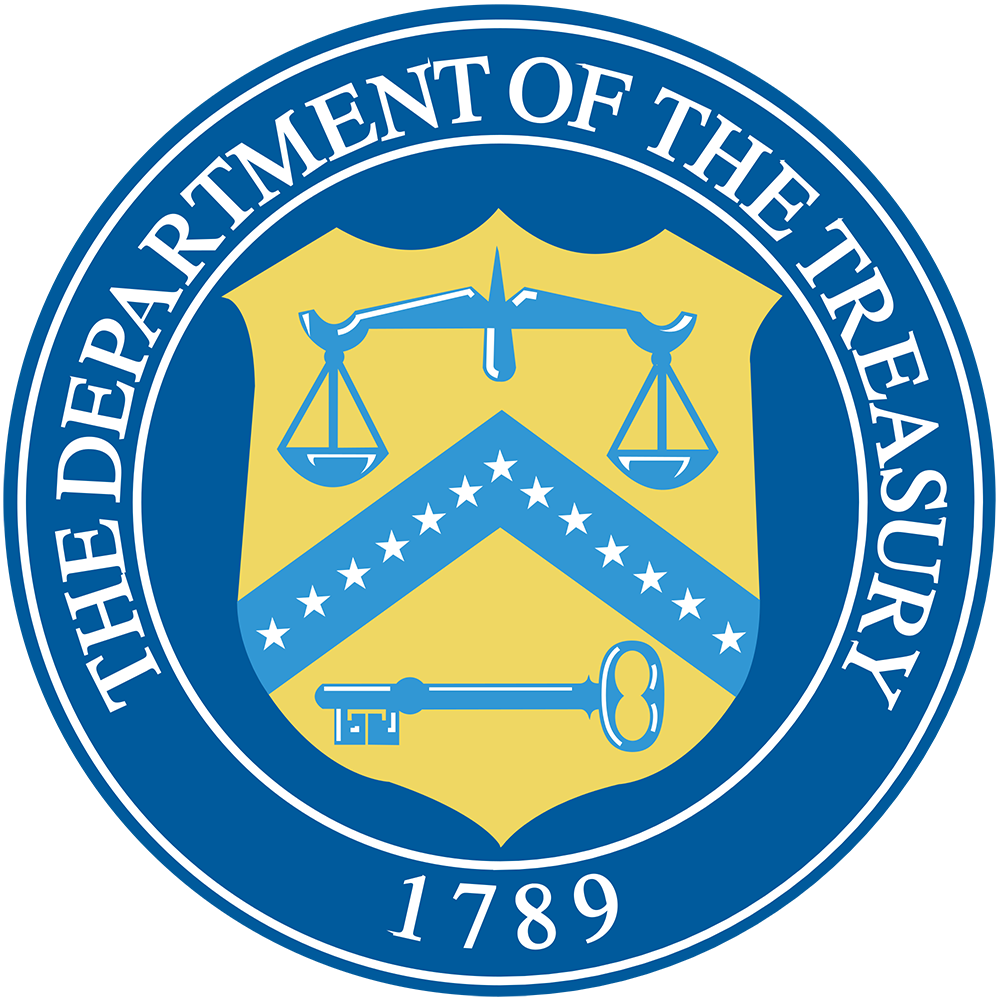Treasury Report Proposes Comprehensive Changes to Federal Financial Regulations

The U.S. Department of Treasury earlier this week released a comprehensive review of federal financial regulations. The review also proposes a number of regulatory changes impacting the financial sector, including housing lending and public finance. Treasury also released a fact sheet summarizing the review’s findings.
Treasury conducted the review to comply with President Trump’s Executive Order 13772, which directed Treasury to examine all federal financial regulations and outlined six core principles the Administration will follow when regulating the financial system. NCSHA summarized the Executive Order in a previous blog post.
The review proposes a number of changes that could impact HFA programs and activities.
CFPB Rules and Structure
The review proposes revamping the Consumer Financial Protection Bureau (CFPB), which oversees much of the mortgage lending industry. Specifically, Treasury suggests that CFPB be headed by either an independent commission or a director who can be removed at will by the President. CFPB is currently headed by a single director who can only be removed for cause. The report also recommends that CFPB receive its funding through the annual congressional appropriations process. CFPB currently receives its funding independently from the Federal Reserve.
The review also includes several suggested changes to CFPB rules governing mortgage lending, including the Ability-to-Repay (ATR) rule. Treasury recommends the ATR rule be adjusted so that its definition of “qualified mortgage” (QM) aligns better with the underwriting standards utilized by Fannie Mae and Freddie Mac. The ATR rule currently allows for any loan that meets Fannie Mae or Freddie Mac’s underwriting criteria to qualify as a QM, but this provision expires in 2021 or when the GSEs are removed from conservatorship, whichever occurs first. Treasury also suggests that the QM definition be made more flexible to allow loans that do not meet all of the criteria to be classified as QMs if there are compensating factors.
Further, the review suggests that CFPB simplify the section of the ATR rule (Appendix Q) that outlines the procedures mortgagees must follow to adequately determine if borrowers are capable of paying back their mortgage loans. It also proposes that the CFPB increase the $103,000 loan threshold under which loans do not have to comply with the ATR rule’s 3 percent points and fees cap.
In addition, the review recommends CFPB issue further guidance on the TILA-RESPA Integrated Disclosure rule (TRID) to better facilitate compliance, amend its loan officer compensation rule to allow for corrections to be made after loan closing, and delay implementation of new Home Mortgage Disclosure Act (HMDA) reporting requirement set to take effect in 2018. It also calls on CFPB to place a moratorium on mortgage servicing rules.
Community Reinvestment Act Review
In the review, Treasury contends that the Community Reinvestment Act (CRA), as currently written, is outdated and does not reflect changes in ways banks do business. Consequently, Treasury intends to conduct a comprehensive review of CRA regulations to determine how they can be adjusted to better serve community interests. Treasury expects to solicit input from consumer advocates and stakeholders.
Cost-Benefit Analyses for Financial Regulations
The review says that federal financial regulators, including CFPB, the Securities and Exchange Commission (SEC), the Federal Deposit Insurance Corporation (FDIC), the Commodities Futures Trading Commission (CFTC), and the Federal Reserve, have not adopted rigorous cost-benefit analyses for measuring the economic impact of their regulations and other rules. It suggests that these agencies conduct cost-benefit analyses that are on par with those utilized by other federal agencies for all economically significant regulations (those that are expected to cost $100 million or more annually).
Municipal Bonds in Bank Liquidity Standards
Treasury proposes that federal liquidity standards for large banks be amended so that banks can claim some of their municipal bond investment as high-quality liquid assets (HQLAs). The liquidity standards require banks to maintain a minimum liquidity coverage ratio (LCR) comprised of certain investments that are HQLAs. In most instances, investments in municipal bonds are not considered HQLAs, reducing their value to banks. The review suggests that investment grade municipal bonds be classified as Level 2B liquid assets. This means that banks would be able to count such investments toward their LCRs, but at a level 25 percent below each investment’s market value. In addition, banks cannot use Level 2B assets to account for more than 40 percent of their HQLAs.

